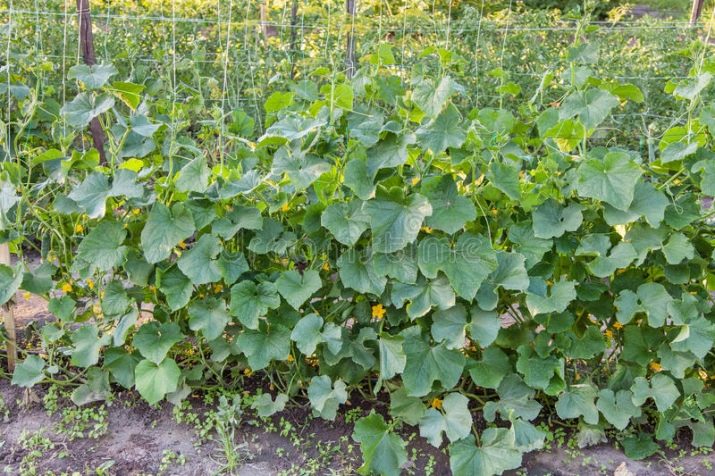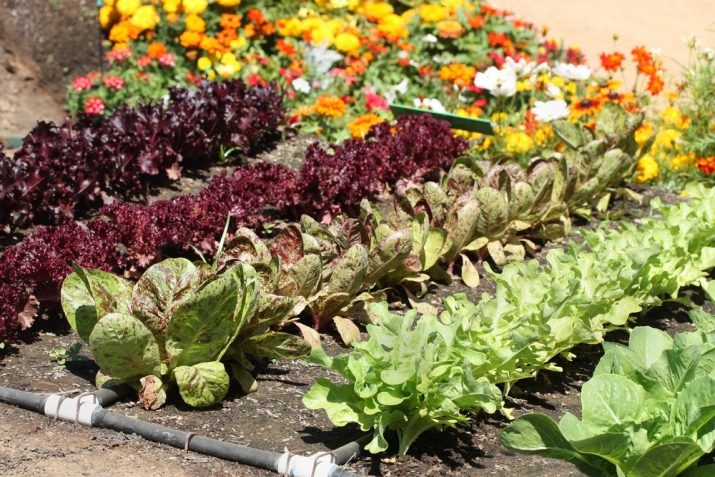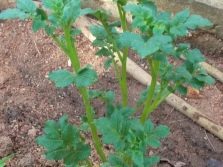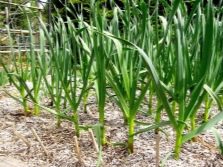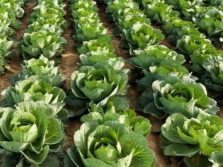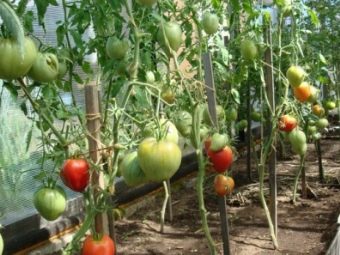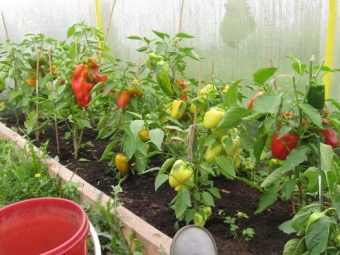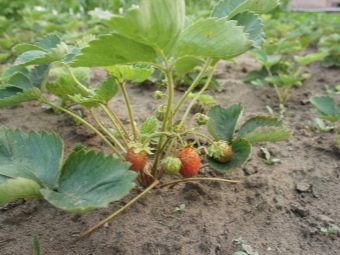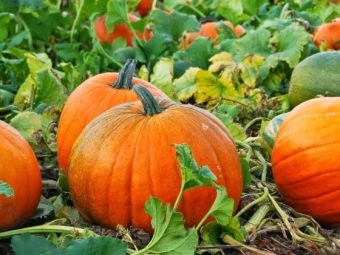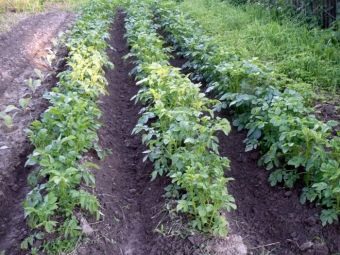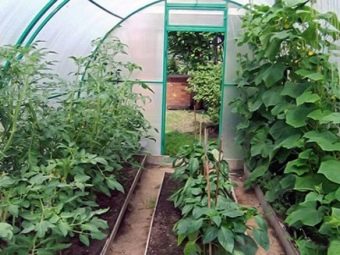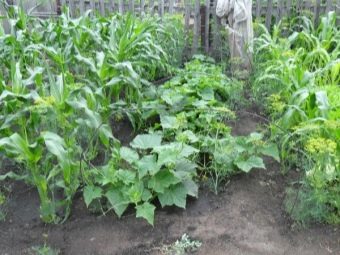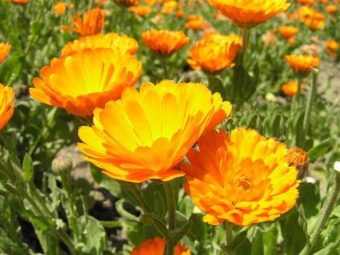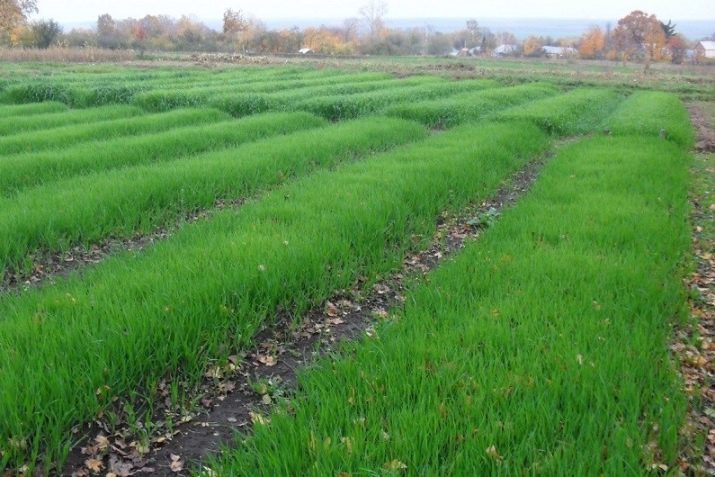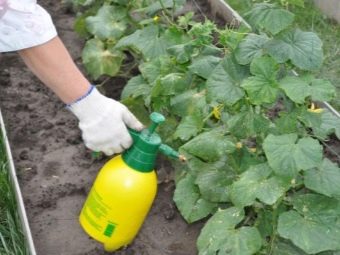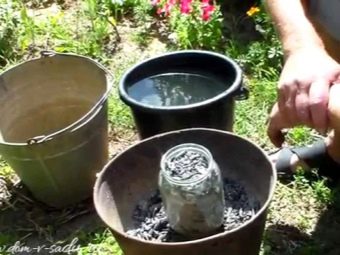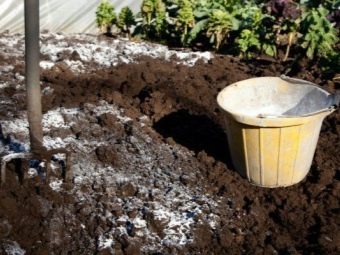After which crops can you plant cucumbers, and after which - you can not?
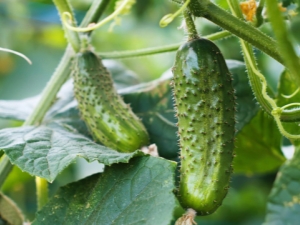
Cucumber is a traditional and favorite by summer residents culture.To obtain a rich and high-quality harvest, it is necessary to know after which crops the planting of cucumbers will be favorable, and which crops, on the contrary, are poor forerunners for them.
The value of crop rotation when planting cucumbers
For full development and maximum yield, the plant requires not only moisture and sun, but also nutrients from the soil. Different plant families take a certain type of nutrient from the soil. If from year to year to plant cucumbers in the same place, the soil will become scarce and will not be able to provide the plant with everything necessary for proper growth. In addition, an environment favorable for the development of diseases and comfortable for reproduction of pests is formed in the soil. To avoid these problems will help compliance with the rules of crop rotation.
The basic rules of crop rotation prohibit planting of the same family in the same place. If you plant peppers after eggplants, it will harm the seedlings and will not enrich the soil. The longer the plant does not return to its original landing site, the more nutrients will accumulate for it in the soil. It is advisable to plant the siderata plants on the beds after harvesting, but compatibility should be taken into account here too. These plants saturate the soil with nitrogen, structure it and prevent weed growth.
Cucumber roots do not grow into the deeper layers of the soil, depleting only its surface layer. After the cucumbers, the soil becomes poor on nitrogen, potassium, magnesium, phosphorus and is saturated with a fair amount of phenolic compounds. Therefore, plants with a good rhizome that goes deeper into the lower layers of the soil will feel good. Also, cucumbers will be more comfortable after such plants. These can be root crops and other crops with a strong root system, or they can bring nitrogen into the ground, which is so necessary for cucumbers.
Compatible plants
Ideal predecessors of cucumbers for planting in open ground:
- legumes (beans, beans, peas);
- root crops (potato, radish, beet);
- bow;
- garlic;
- cabbage.
Leguminous crops do not take nitrogen from the soil, because, due to their unique structure, they are able to receive it from the air. Thus, the soil not only retains nitrogen, but is also enriched with it. This has a positive effect on the development of cucumbers.
And if in the autumn to plow up the soil along with the leaves of peas, beans or beans, then the nutrients will be even more.
After root crops, the surface layer of the soil remains untidy, there are enough chemical elements in it for proper growth and maturation. Despite the fact that the carrot is also a root crop, it is not recommended to plant cucumbers after it. After the potato, the tops must be removed, because it contributes to the development of an environment unfavorable to the development of fungi and bacteria. If you burn the potato tops, you can use it as ash - a source of potassium and phosphorus for the soil. Beet tops can be used as a fertilizer with a high nitrogen content.
Onions and garlic have bactericidal properties, the soil after them will be rid of unwanted microorganisms. This will allow the gardener to avoid the financial and physical costs of controlling cucumber diseases and pests. In addition, onions and garlic are unpretentious, and they require a minimum of nutrients, which is favorable for the soil.
In cabbage, the length of the rhizome can reach about half a meter, therefore, as in the case of roots, the top layer of soil retains nutrient organic matter. Cucumbers are not susceptible to diseases from which the cabbage suffers, they will not be afraid of the larvae of cabbage pests in the soil. Growing cabbage loosens the soil - it becomes easier and better breathable and moisture.
Precursors in the greenhouse:
- Bulgarian pepper;
- Tomatoes
Greenhouse plants of the Solanaceae family have different diseases and nutrient requirements with cucumbers, therefore cultivation of cucumbers after them will have a positive result.
Adverse predecessors for cucumbers:
- pumpkin (pumpkin, zucchini, squash, watermelon, melon);
- Strawberry.
Cucumbers belong to the pumpkin family, have the same needs and suffer from the same diseases and pests. Therefore, they should not be planted after each other. Cucumbers require a neutral, slightly alkaline or slightly acidic soil, while pumpkin leaves leave behind a predominantly alkaline medium. Squashes, squash and melons often suffer from gourd aphids, bears, sprout flies, because the substances they release into the soil and atmosphere are favorable for the development of these pests, which is dangerous for the cucumber as a member of the family.
Strawberry significantly impoverishes the soil by nitrogen. This is a perennial plant, and during the period of her life she manages to absorb all the best, after such a predecessor there is nothing useful for cucumbers.
Bad "neighbors"
Next to cucumbers can not be planted:
- tomatoes;
- potatoes;
- spices.
Cucumbers and tomatoes prefer a different microclimate - cucumbers need much more moisture. Tomatoes, in turn, with excessive moisture begin to suffer from fungal diseases. The irrigation requirements for these vegetables are also different - cucumbers need constantly moist soil, and the fruits of tomatoes lose their taste in such conditions.
Cucumbers planted next to potatoes will have a depressing effect on the root crop, releasing phenolic compounds into the soil and air. This will lead to insufficient development of tubers and harm the development of the plant as a whole.
Planting cucumbers next to aromatic herbs will slow down their growth, reduce the quantity and quality of the crop. In addition, herbs can affect the taste of the fruit.
The exception to this rule is dill. Its neighborhood with cucumbers has a positive effect on yield.
Favorable neighbors for cucumbers will be:
- corn;
- legumes;
- onion and garlic;
- calendula.
Corn is the most successful neighbor for cucumber, this neighborhood helps to significantly increase the yield of cucumbers. Corn planted between cucumbers, will provide a natural support for them. Such a planting strategy, in addition to other advantages, also simplifies harvesting. It is possible to plant corn with a separate ridge, but always from the south side of the cucumbers. High and resistant plants will be protected from wind and sun, as well as help create the necessary microclimate.
Legumes also improve the growth and yield of cucumbers. They saturate the soil with nitrogen and nutrients for cucumbers. Even after the legumes are harvested, the plants are left in the soil so that the cucumbers continue to feed.
Onions and garlic will save cucumbers from most diseases, among them - powdery mildew, gray mold, peronosporosis, field mosaic. Garlic smell repels aphids, ticks and nematodes.
If you plant a calendula on a cucumber bed in the aisle, it will scare away unwanted pests, and attract bees and butterflies, which are necessary for pollinated varieties. In addition, the bright orange flowers of calendula simply become a wonderful decoration of the garden.
On a note
If you do not have the opportunity to conduct annual rescheduling of the landing zones for various reasons, then you will come to the rescue greenhouse plants. If they are grown after harvesting the main part of the crop, they are able to rehabilitate any soil and endow it with substances such as magnesium, phosphorus, sulfur, nitrogen, as well as starches, proteins and sugar. Green mass of sideratov is composted in autumn. The most common siderats are:
- legumes (alfalfa, clover, sweet clover);
- cruciferous (mustard, rape, rape);
- cereals (buckwheat, oats, winter rye);
- amaranth (schiritsa, amaranth);
- Astrov (calendula, sunflower).
A number of factors affect the taste of cucumbers.
In order for cucumbers not to be bitter, several important rules must be observed:
- be sure to prepare the soil before planting (make the necessary fertilizers and how to loosen);
- take care of seedlings and already adult plants from temperature extremes;
- choose a place to land on a plot protected from direct sunlight;
- provide abundant watering at room temperature (exclude irrigation with ice water from a hose);
- regularly feed the plant (1 time in 10 days with liquid nitrogen fertilizer);
- follow the rules of crop rotation.
Liquid fertilizer can be made by hand. For this you can use chopped weeds. This may be nettle, comfrey, wormwood, dandelion. Plants need to be collected in any volume capacity, add yeast there and pour water, leaving room for fermentation in the container. Top securely closed with film and leave for 3-4 days. After this, the infusion must be mixed and repeat the procedure at the same time interval. After two weeks the fertilizer is ready for use.
If the soil has excessively high acidity, the situation can be corrected with ash, lime and dolomite flour. These components contribute to the soil in the autumn when plowing. Quicklime must be quenched with water at the rate of 2 buckets of water for every 50 kg. An indicator of soil acidity will be weeds. Wood lice, plantain, buttercup, horsetail and heather grow on the soil with increased acidity.
If you get clover, chamomile, bindweed, wheatgrass or coltsfoot during weeding, then the soil does not need to be chaffed.
About what plants to plant next to a cucumber, see the following video.

